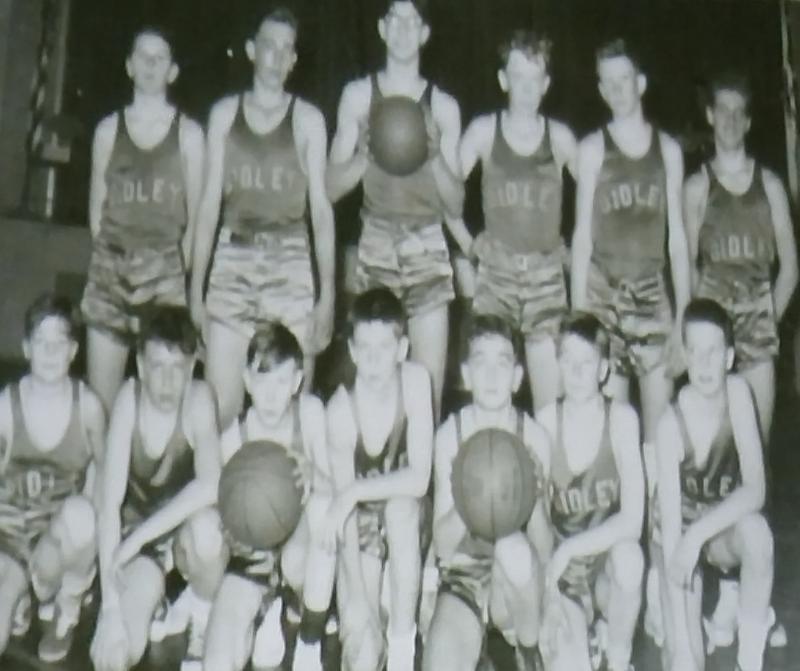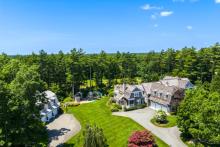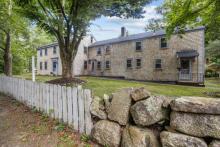6 Facts about the Gidley School
As demolition crews tear apart the former Gidley School on Tucker Road, classmates gathered for a trip down memory lane with Bob Harding at a Dartmouth Historical and Arts Society presentation on April 9.
Featuring photos, mementos, and memories from current and former students, the event drew about 15 people, most with a personal connection to the school. Here’s six things you might not have known about the old school.
1. Sports were a big deal.
The Gidley School once had dominating baseball and golf teams. During the presentation, Harding passed around recovered trophies from the Gidley baseball team’s 1927 and 1947 Poole Cup championship wins, an event once held in the area.
Owing to the school’s proximity to the Paskamansett Links, a golf course located at what is today the Dartmouth Mall, many Gidley students were introduced to the sport at a young age.
“Gidley put Dartmouth on the map as an incubator for good golfers,” Harding said, explaining that many Gidley golfers went on to the Dartmouth High varsity team, which at one point picked up five state championships in a row.
2. Teachers created lifelong impressions.
The audience was quick to name and reminisce about their favorite teachers from photos Harding had recovered from as far back as the 1920s. Many had something to say about Leo Gallagher, once a principal at the school.
Harding recalled how Gallagher could always be found rocking back and forth in front of his office as the school day began. Others remember him as a heavy-handed, but well-liked leader. Harding shared a friend's story about Gallagher’s ambition to bring a once-in-a-lifetime event to students. When Franklin D. Roosevelt passed through Dartmouth in his 1940 reelection campaign, Gidley students lined State Road, American flags in hand.
3. Gidley students knew how to boogie.
Harding recalled many dances at the school. From special spring and winter dances, to weekly dances intended to promote civility and manners, there were no shortage of opportunities to socialize.
Harding explained the concept of “shoe dances.” During those dances, girls took off a shoe and threw them into a pile. Then, boys retrieved a shoe, which decided who they would be partnered with for that dance.
4. Gender segregation was a thing.
The building had boys and girls classrooms on different sides of the building. Playgrounds were also separated into boys and girls play areas. At least in the 1940s, Harding explained.
5. Field trips were common.
Due to the building’s location, Gidley students spent a lot of time at the North Dartmouth Library across the street. Most of Harding’s classmates remember librarian Elizabeth Gidley.
Owing to long lunch breaks, Gidley students ventured to the nearby Armand’s Variety Store, owned by Armand Fauteux. His store included a counter filled with penny candies, and it wasn’t uncommon to find students buying three cents worth of candies to enjoy before heading back to school.
6. The Gidley property has always served a purpose.
Before the Gidley School existed, the plot of land was home to the Friends Meeting House, built by local Quakers. Then, the school was built. And, if Town Meeting voters approve in June, the site will be the home of the Dartmouth Police Department’s first purpose-built police station.
“It’s always been an important place,” Harding added.














